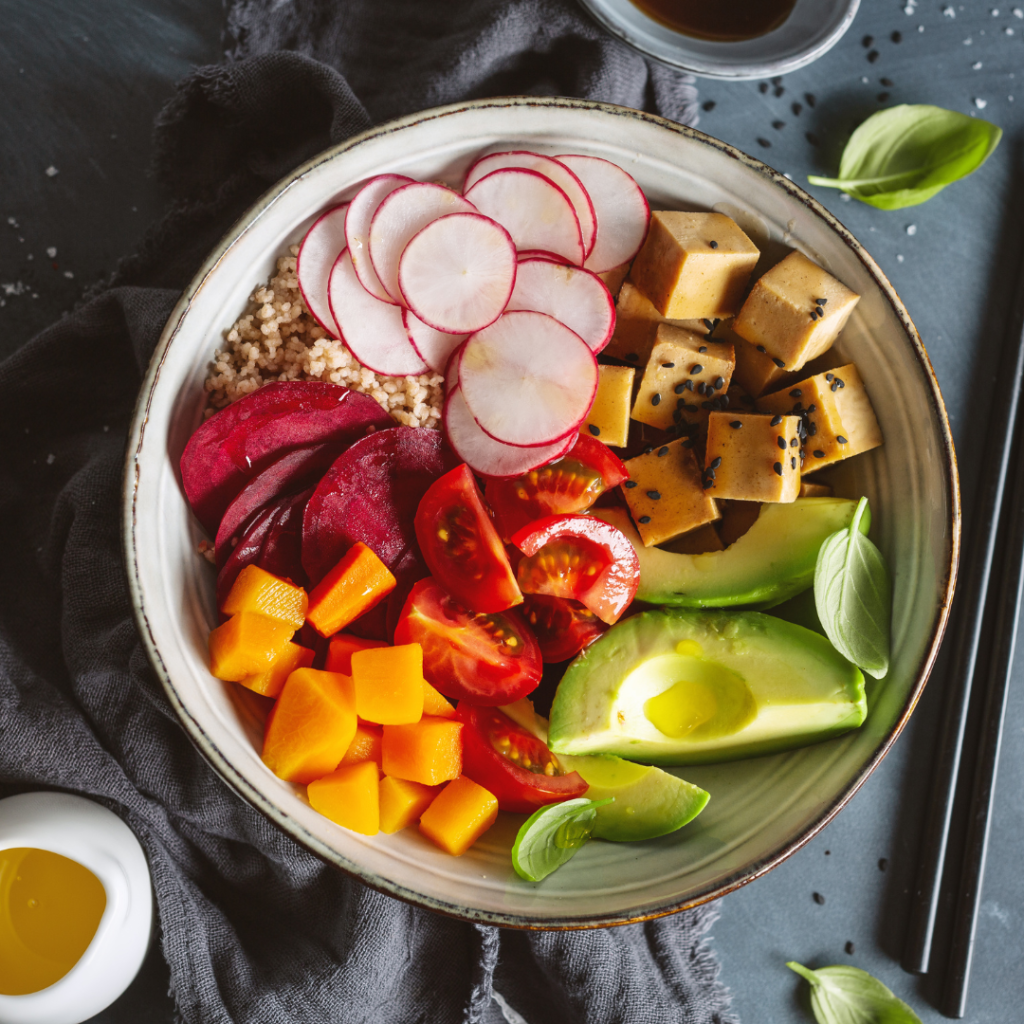Whether your joint pain is due to arthritis, an injury, or joint damage due to illness, there are plenty of vegan and elimination diets you can try to help alleviate the pain. Vegan diets have been praised for relieving arthritis pain, and experimenting with an elimination diet can allow you to pinpoint what foods and ingredients may be causing your pain.
In addition to dietary changes, incorporating complementary therapies can further enhance pain relief. For instance, a deep tissue massage in Philadelphia, PA (or anywhere else of your preference), can provide significant relief from joint pain by targeting deep layers of muscle and connective tissue. Similarly, acupuncture sessions can help reduce inflammation and improve joint function. Another effective option is hydrotherapy, which involves using water to relieve discomfort and improve mobility. Combining these therapies with a carefully planned vegan and elimination diet can create a holistic approach to managing and alleviating joint pain.
Now, let’s focus on how exactly a well-maintained vegan diet can help in controlling chronic pain and other body-related ailments.
Design Investigated the Link Between Symptoms of Rheumatoid Arthritis and Food
While earlier research has found a link between anti-inflammatory, plant-based diets as well as reduced RA joint pain, this study is unique in that it included a crossover section in which the diet participants and the placebo group (which thought it was receiving special supplements) switched places after the first trial run was completed.
There are a variety of approaches to treating rheumatoid arthritis, but what may be the most effective is eliminating foods containing gluten, dairy, or eggs and supplementing with nutrition that includes vitamins A, C, D, E, and B6 that support joint health. A vegan diet can be especially beneficial for those suffering from rheumatoid arthritis symptoms.
An Exclusion Diet Removes and Reinstates Suspect Foods in a Systematic Manner
A vegan diet is the most restrictive form of a vegetarian diet. Vegans abstain from all animal products in addition to limiting their meat consumption. After four weeks on a vegan diet, the diet groups went on an elimination diet. Participants also eliminated known trigger foods such as gluten-containing grains, white potatoes, soy products, sweet potatoes, fruit, nuts, chocolate, citrus, peanuts, alcohol, sugar, onions, and coffee. After 3 weeks on a vegan/elimination diet, participants reintroduced potential trigger foods one by one over nine weeks to see which foods were problematic. If a food caused joint pain, it was removed. They kept the food if it did not cause them any problems.
The exclusion diet is a popular eating style for people who have food allergies or food intolerances. When someone is diagnosed with a food allergy or intolerance, their doctor usually has them avoid their trigger foods. For example, a person with shellfish allergies must avoid shrimp, lobster, crab, clams, and oysters. On an exclusion diet, an affected person removes all of the suspect foods from their diet and replaces them with other foods that are safe to eat.
Shows Potential for Reducing Joint Pain
An elimination diet, also called a food sensitivity diet, requires people to identify foods that may be causing inflammation in their body and to eliminate them completely from their diet. It may help with joint pain, says a new study. The study, performed on women with arthritis, found that when people ditched dairy and gluten for a vegan and gluten-free diet, their joint pain decreased significantly. Some women introduced fish and eggs into their diet for added relief. Some others, who wanted to be in line with veganism, included supplements like thc (similar to these CBDX.com THC Moon Rocks) as an alternative and experience even greater relief.
Based Diet Lowers Foods that are Pro-Inflammatory While Increasing Foods that are Anti-Inflammatory
Plant-based diets are touted for their nutritional benefits and relatively low lack of calories. But some research suggests that the anti-inflammatory compounds found in red and orange-colored fruits and vegetables can help ease joint pain. A vegan and elimination diet incorporates whole plant-based foods such as fruits, vegetables, whole grains, legumes, nuts, seeds, and seaweed and eliminates animal products, processed and refined food, and common allergens such as gluten, dairy, eggs, and soy.
One nutrient that can help improve joint health and relieve inflammation is antioxidants. Antioxidants can protect your body from free radicals, which damage your body’s cells. Many chronic inflammatory diseases stem from oxidative damage, so antioxidants can help you manage or treat these conditions.
However, it’s essential to keep in mind that what works for one person may not work for another. While the dietary changes suggested can relieve joint pain for some, they might not offer the same results for everyone. Even if you embrace a vegan diet and stick to all the recommended practices, you could still find yourself dealing with pain. In these situations, it’s important not to overlook the problem any longer. Seeking professional help is truly the best way to move forward.
Your doctor will evaluate your condition and might suggest imaging tests, such as X-rays or MRIs, to check for any structural changes in your joints. To get these tests done, you can easily search online for “imaging center near me in New Jersey“, or elsewhere, and schedule an appointment. Once the results are in, your doctor will be able to prescribe the right medications and pain relief options for you. They can also offer guidance on diet and exercises that may help alleviate your discomfort.
To sum up, managing joint pain through dietary changes and complementary therapies offers a holistic approach that many individuals find beneficial. Embracing a vegan or elimination diet can not only help alleviate inflammation but also promote overall joint health by incorporating nutrient-rich foods that support your body’s needs. Complementing these dietary adjustments with therapies like deep tissue massage, acupuncture, and hydrotherapy can enhance your relief and improve mobility. But, each person’s journey is unique; what works for one individual may not necessarily work for another. If you continue to experience discomfort despite making these changes, seeking professional guidance is a must.

